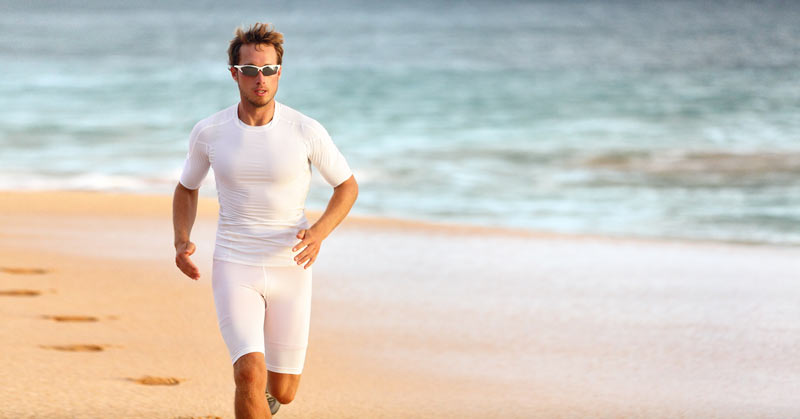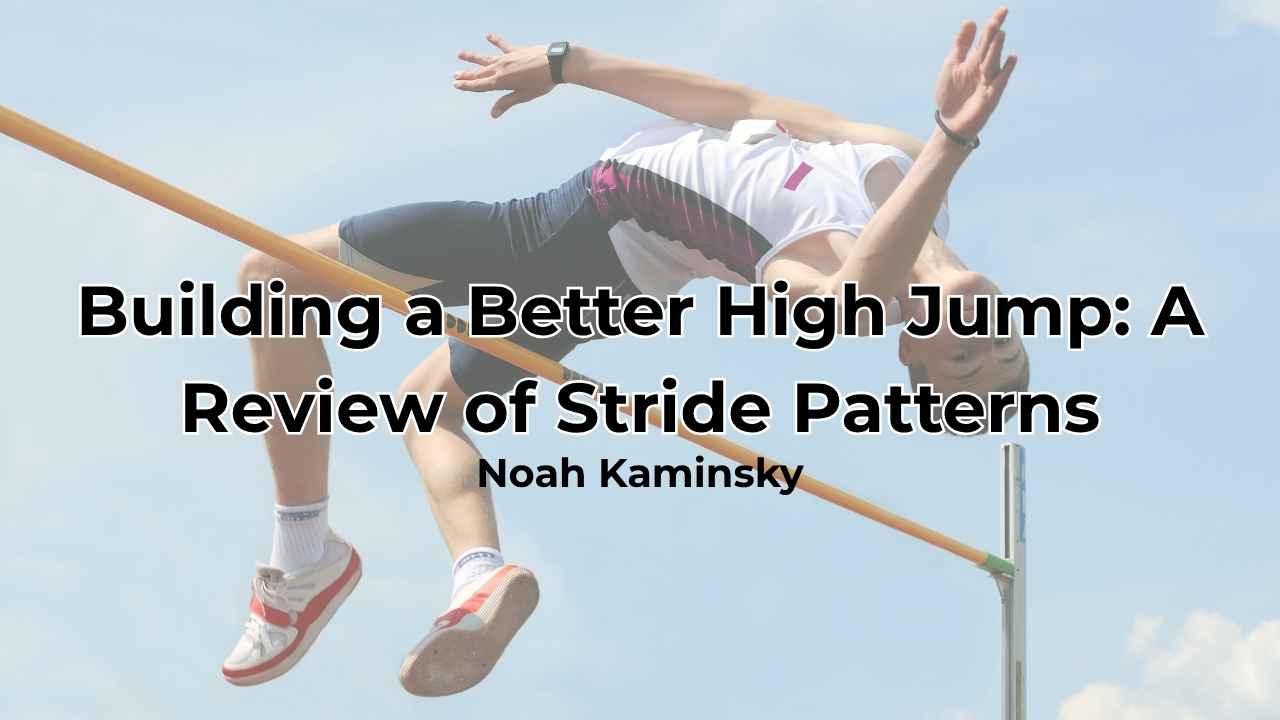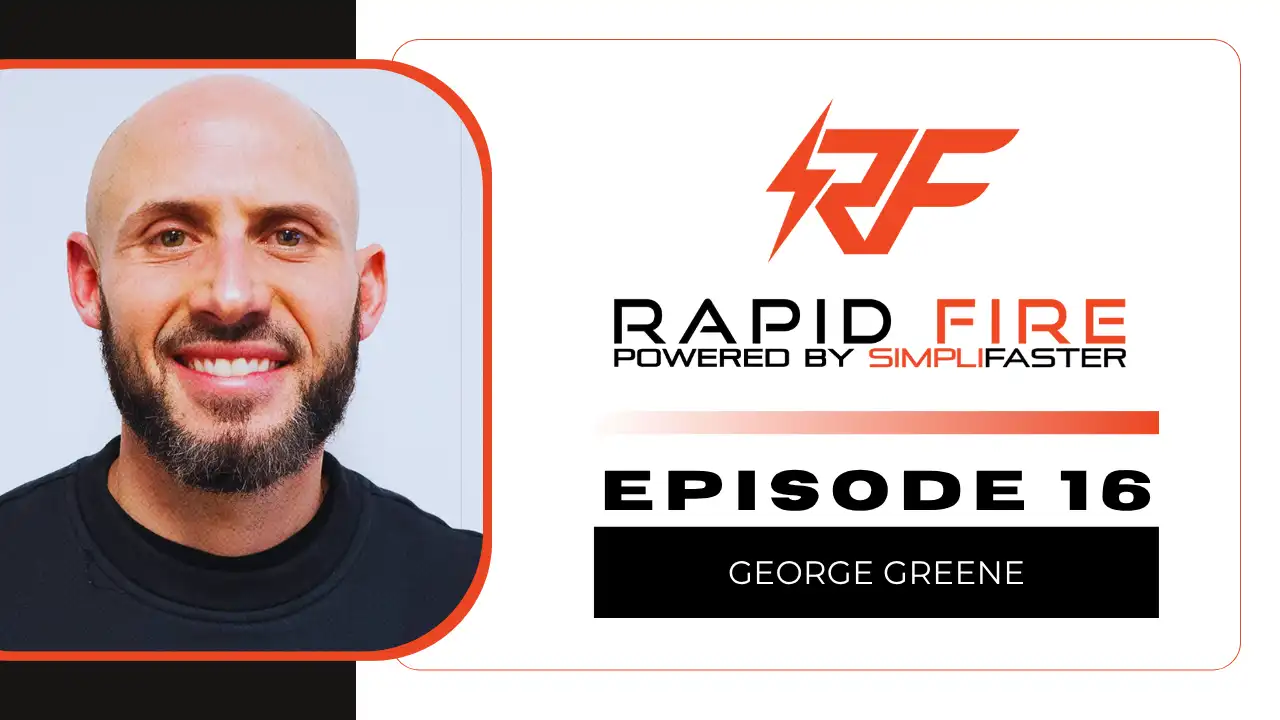[mashshare]

During the past 10 years, compression garments have been slowly taking over the athletic gear market. The days when loose running shorts to stay cool and sweats for warmth dominated are long gone. The compression movement has spread across all sports, and athletes of all ages, in a short period of time. There is a use for it in every facet of the game: compression for the heat, compression for the cold, compression for performance enhancement, and even compression as a restoration tool. Here, I will examine the use and effectiveness in the research of wearing this type of gear with the intention to speed recovery or enhance performance.
A 2010 study by Sear et al., examined the effects of full-body compression on a metabolically taxing workout regime with interspersed bursts of high-intensity intervals and bouts of rest, specifically in team sports (Sear et al., 2010). They found that the compression produced a slight enhancement in tissue oxygenation and, thus, exercise performance. It was proposed that compression garments improve the availability of oxygen after high-intensity interval bursts, speeding reoxygenation of peripheral muscles and metabolic recovery between intervals. This can be traced back to the therapeutic use of compression in hospital patients, especially diabetics, to increase circulation and prevent blood from clotting. Some studies have found that compression garments decrease muscle oscillation during contraction and prevent venous blood pooling, leading to increased stroke volume (the amount your heart pumps with each cycle) and cardiac output.
The compression-wearing group had considerably less muscle swelling than the control group. Share on XThe most well-known claim is that compression of the muscles can help speed post-workout recovery, by virtue of its effects on the circulatory system. A study measuring the effects of compression garments worn in the 24 hours post resistance workout coincided with this notion (Kraemer et al., 2010). The markers for muscle damage, such as creatine kinase (CK) and lactate dehydrogenase (LDH), were both significantly reduced in the subjects who wore the compressive gear. Ultrasound technology was used to assess the muscle swelling in both the experimental and control groups, and found a considerable reduction in swelling with the compression-wearing group.
Some athletes prefer to think that the elastic nature of the material gives them an added torque in speed and power production, such as with jumping or sprinting. Research to support these anecdotal claims is scarce, however. Unfortunately, there is also little support for the use of compression gear for recovery from explosive power-type workouts (DeGlanville & Hamlin, 2012). Many research studies have found no positive correlation between recovery and performance enhancement with the use of compression during anaerobic exercise; however, aerobic performance demands respond very differently.
One study aimed the focus on a 40-km endurance cycling time trial in which trained multi-sport athletes wore graduated lower-body compression gear—which applies the greatest pressure distally (at the ankle), and the least pressure proximally (at the hip)—during the 24-hour recovery period between trials (DeGlanville & Hamlin, 2012). There was substantial improvement in the compression versus the placebo group in the subsequent time trial performance, with a 1.2% improvement observed. This may seem like a small benefit to reap, but for a number-crunching, top-tier athlete, these small percentage points may make all the difference in breaching the next level of performance.
What began as a therapeutic modality in medicine has truly evolved across athletics with a wave of acceptance and implementation. Much of the “performance enhancement” qualities of compression gear are merely anecdotal or placebo effect, rather than proven by true research. However, as discussed above, research across the full spectrum of sports continues to support and validate the use of compression gear as a means of post-workout recovery.
References
- DeGlanville, K. M. & Hamlin, M. J. (2012). “Positive effect of lower body compression garments on subsequent 40-km cycling time trial performance.” Journal of Strength and Conditioning Research, 26(2): 481-6.
- Kraemer, W. J., Flanagan, S. D., Comstock, B. A., Fragala, M. S., Earp, J. E., Dunn-Lewis, C., … Maresh, C. M. (2010). “Effects of whole body compression garments on markers of recovery after a heavy resistance workout in men and women.” Journal of Strength and Conditioning Research, 24(3): 804-14.
- Sear, J. A., Hoare, T. K., Scanlan, A. T., Abt, G. A., & Dascombe, B. J. (2010). “The effects of whole body compression on prolonged high intensity intermittent exercise.” Journal of Strength and Conditioning Research, 24(7): 1901-10.




